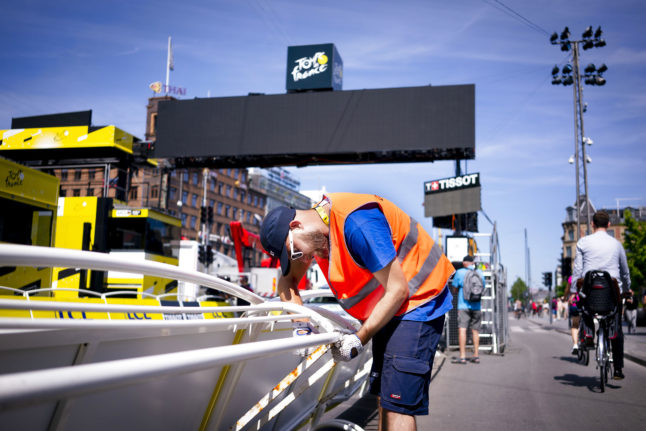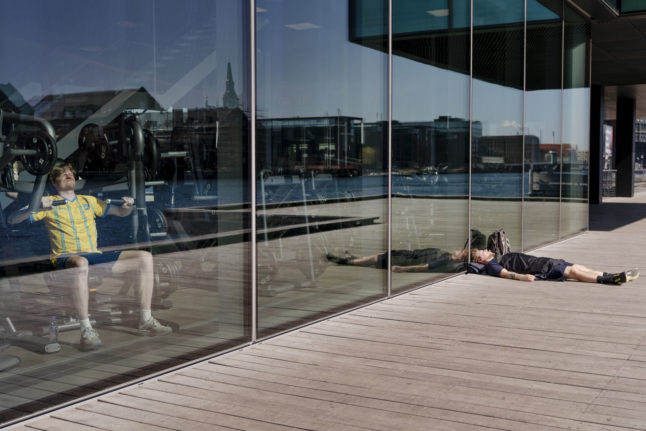Le Tour de France
Returning to its usual mid-summer slot after Covid-19 disruptions, the Tour de France gets under way in Copenhagen on July 1st.
The highly anticipated Danish Grand Départ will make its way through Zealand, pass over the Great Belt Bridge and then charge through hilly Vejle and the verdant South Jutland countryside.
It finishes, as usual, on Paris’s Champs-Elysées on July 24th.
READ ALSO:
- ‘Cycling is in our DNA’: Denmark readies for Tour de France
- Five great spots to see the Tour de France in Denmark
- How will the Tour de France affect traffic and travel in Denmark?
Summer holidays
Many who go to school and work in Denmark have already begun their annual summer leave. Most schools broke up for the summer on June 24th, although this can vary a little locally.
For those in full or part-time employment who are covered by the Danish Holiday Act (Ferieloven), most will take three weeks off during the next couple of months, with most of this falling in July.
Of the five standard weeks or (normally 25 days) of paid vacation covered by the Holiday Act, the “main holiday period” begins on May 1st and ends on September 30th. During this time, three weeks’ consecutive vacation may be taken out of the five weeks.
Many take three weeks off in a row, sometimes coinciding with the school holidays (although others break it up) – which is why you often hear Danish people who work full time wishing each other a “good summer holiday” as if it’s the end of the school term.
READ ALSO: What you need to know about vacation in Denmark
Update to Positive List
The Positive List is a list of professions for which immigration authorities can issue work permits because Denmark is experiencing a shortage of qualified professionals in those fields.
People who are offered a job included in the Positive List can apply for a Danish residence and work permit based on the Positive List Scheme. An educational background in the relevant field is required.
The Positive List Scheme is one of a number of business schemes used to grant work permits for non-EU and EEA nationals who are unable to move to Denmark under the EU’s right to free movement.
The list is updated twice a year, on January 1st and July 1st.
The updated lists can be viewed on the website of the Danish Agency for International Recruitment and Integration (SIRI).
Firms no longer permitted to ask age of job applicants
Companies in Denmark are, from July, no longer permitted to ask the age of candidates applying for jobs with them.
The law, which was adopted in parliament in March, comes into effect on July 1st.
According to the law, applicants should no longer give their age when applying for jobs. The objective of the new law is to prevent employers from rejecting applicants because of their age.
Tax deadline for businesses
If you are a business owner in Denmark you must register your results for 2021 at the beginning of July.
Information submitted up to 9am on July 4th will be considered submitted on time, the tax authority SKAT states on its website.
Companies whose accounting years run to December 31st can submit 2021’s results until July 7th, the tax authority SKAT states on its website, after the original deadline of June 30th was extended.
Self-employed people are still bound by the July 1st deadline.
READ ALSO: So you missed Denmark’s July 1st tax deadline. Now what? (2021)



 Please whitelist us to continue reading.
Please whitelist us to continue reading.
Member comments